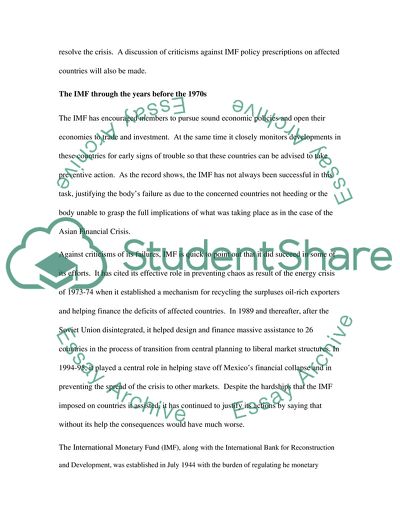Cite this document
(The Asian Financial Crisis and the IMF Interventions Case Study, n.d.)
The Asian Financial Crisis and the IMF Interventions Case Study. Retrieved from https://studentshare.org/finance-accounting/1717254-international-trade-economic
The Asian Financial Crisis and the IMF Interventions Case Study. Retrieved from https://studentshare.org/finance-accounting/1717254-international-trade-economic
(The Asian Financial Crisis and the IMF Interventions Case Study)
The Asian Financial Crisis and the IMF Interventions Case Study. https://studentshare.org/finance-accounting/1717254-international-trade-economic.
The Asian Financial Crisis and the IMF Interventions Case Study. https://studentshare.org/finance-accounting/1717254-international-trade-economic.
“The Asian Financial Crisis and the IMF Interventions Case Study”. https://studentshare.org/finance-accounting/1717254-international-trade-economic.


